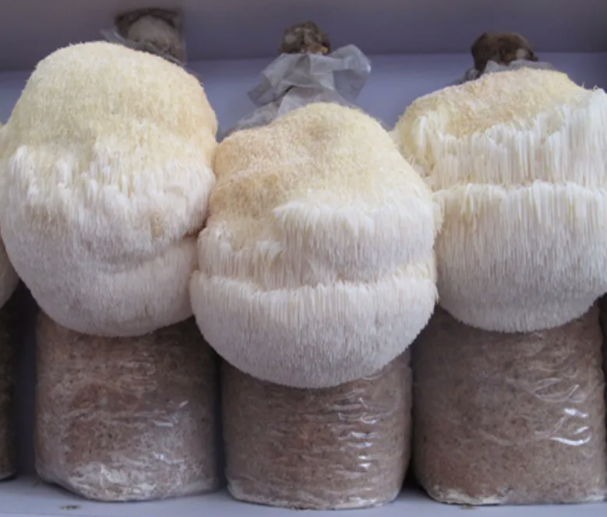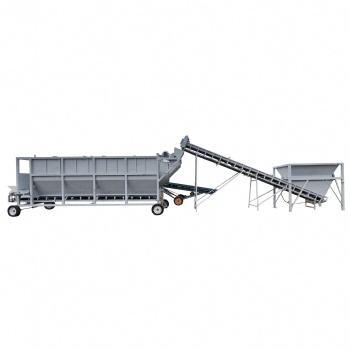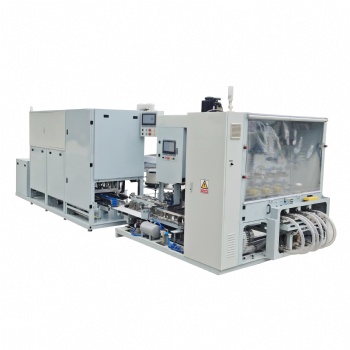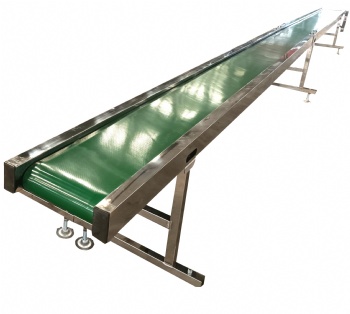News
Fungi cultivation cycles vs. sawdust addition amount

The porosity of the culture medium is related to the particle size of various substances that constitute
the culture medium. In this regard, we divide the cultivation cycle into about 60 days, about 120 days,
and about 240 days (referring to the time from inoculation to the end of harvest) for discussion.
Cultivation cycle of about 60 days (short term): There are Flammulina velutipes, Pleurotus geesteranus,
Pleurotus eryngii, Pleurotus ostreatus, Hericium erinaceus, etc. In such a short period of time, sawdust
cannot be used as the main degradation object of mycelium to provide nutrients for fungi development,
because degradation requires a time process, and sawdust only provides water and acts as a carrier.
Therefore, for short-cultivation fungi with a cultivation cycle of only about 60 days, sawdust is not necessary,
but it is necessary to find a substitute that can be quickly degraded by mycelium and has a certain porosity
in the culture medium. At present, large-scale Flammulina velutipes enterprises basically use corn cobs and
high-water content materials to replace sawdust, ensuring that there is always a water film on the surface of
each small particle of the culture medium. With the presence of the water film, the extracellular enzymes
secreted by the front end of the hyphae can continuously degrade all the culture media, continuously absorb
and build themselves, and the hyphae continuously produce new branches and continue to spread until the
culture medium in the cultivation bag is completely degraded and physiologically mature, and then enter the
mushroom management.
The cultivation cycle is about 120 days (medium and long term): such as seafood mushrooms, antler mushrooms,
nameko mushrooms, and ganoderma lucidum substitute cultivation. These fungi must be added with sawdust.
The amount of addition depends on the length of the cultivation cycle of different varieties. For sawdust suitable
for broad-leaved tree species, there is no strict restriction on the species and the size of sawdust particles, usually
0.4~0.8 cm accounts for a high proportion. Its degradation process is similar to the above 60 days. But the common
point of these medium and long-aged fungi is that the time for the mycelium to fill the bag is mostly within 45 days.
However, due to the relatively weak degradation ability of the mycelium, they all need a sufficient degradation time,
which we call the "after-ripening" process. Different fungi have different degradation abilities, resulting in different
lengths of after-ripening periods, ranging from a few days to dozens of days. The nutrients added to the formula basically
belong to the crops of the current year, with very little lignin, so for a cultivation cycle of about 120 days, perennial tree
sawdust must be added. The lignin is high and the degradation time is long. Therefore, in the 120-day cycle, the sawdust
serves as the supporting "pillar" of the structure between the particles of the cultivation bag. Otherwise, if the cultivation
bag is cultivated for more than 90 days, the culture medium will become mud. Is there any hope for a good harvest?
Categories
Contact Us
- +86 15093267083
- +86 15093267083
- amy@zzbelead.com
- +8615093267083




